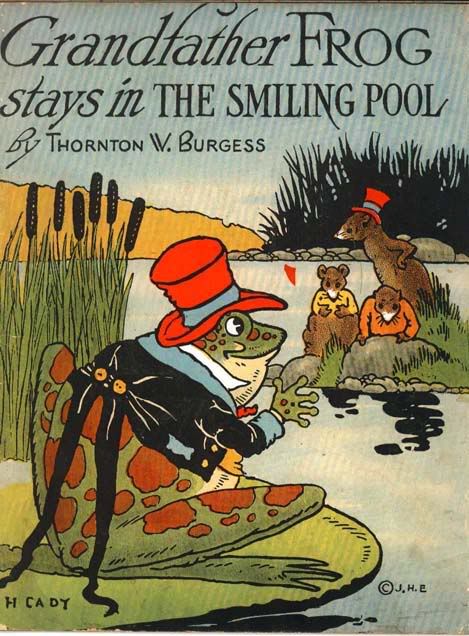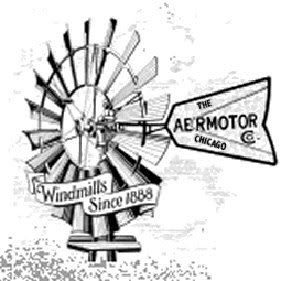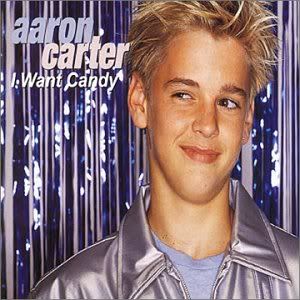
Joel Schlautman's face (my dad) has been covered with whiskers for most of his life. His whiskers are mostly blond with mixed in with brown and reddish tones. My dad's whiskers were usually short and stubby, and felt similar to sandpaper when you rubbed a hand against them.
As a child, I remember sitting on my dad's lap and playing games with him. I looked up to him. I'd rub my had against his cheek and feel his whiskers, and he'd rub his face against mine scratching my cheeks. His whiskers were pathotic. They were an object of endearment, and seeing and feeling them as a small child made me know that I was loved and protected by my father.
As I grew, my dad grew into more of the discipliner and mentor that I needed as a young team. Instead of the feelings of love and protection that his whiskers once gave me, they now made me feel young. His whiskers were something I did not have, and they symbolized the knowledge and wisdom about life that I lacked and he had. In an effort to help me bcome a successful man and person, he forced this wisdom and judgement upon me, and it seemed that often times I didn't always want to hear it. His whiskers were on a face that would smile when I did something right, but would also frown when he was disappointed. The whiskers were what I looked to in order to judge whether the decisions I made were right or wrong.
Today, the whiskers are still on my dad's face, but once again they have changed in what they symbolize and the meaning they have in my life. I can now reach up, touch my face, and feel the my own short stubby whiskers. My whiskers remind me of his, they remind me of what I am becoming, an adult with the responsibilities that my dad had as a man, a husband, and a father. When I see his whiskers, I am reminded of the role he has played in my life, and the impact that he has had in my development into an adult with my own whiskers.

 Photobucket" border="0">
Photobucket" border="0">

 Photobucket" border="0">
Photobucket" border="0">